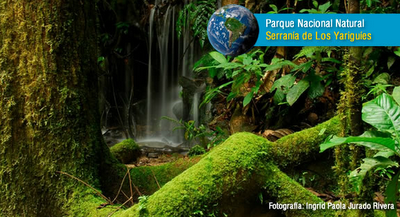

| Visitors Now: | |
| Total Visits: | |
| Total Stories: |

| Story Views | |
| Now: | |
| Last Hour: | |
| Last 24 Hours: | |
| Total: | |
IUCN Green Lists: proposed approach to recognize conservation successes
For those of you who have read this blog with any regularity, you have noticed that every once in a while I will post something that is just for fun, something on the lighter side that perhaps shows nature or the oceans at their very best. With so many weighty issues to address, every once in a while we all need a break.
And when we see healthy ecosystems or species, rather than be lulled into a false sense that all is well, it is hoped that people will be encouraged that the steps being taken and the steps that need to be taken are bearing fruit. Success stories propel us to do more.
That is the basic philosophy being adopted by the IUCN (International Union for the Conservation of Nature). This worldwide organization is well-known among conservationists for its Red Lists which list and rate threatened or endangered species and ecosystems. The Red Lists are helpful in identifying specific plants, animals and ecosystems that deserve our immediate attention. However, they are negative indicators – what’s going wrong – and taken as a whole, one can conclude that the whole world is going to hell in a handbasket. The IUCN recognizes that we also need success stories and so they are preparing to launch two new programs: a Green List for species and one for managed protected areas.
Several national parks or protected areas are being put forth as test cases for the Green List concept. Columbia’s Parques Nacionales Naturales is one; Tayrona National Park, within the Parques area, along Columbia’s Caribbean coast is another. Successfully managed ecosystems and species can serve as models for other nations to observe and follow.
The Green Lists program was proposed at the IUCN’s recent World Conservation Congress and the plan is to have a formal program adopted at the next congress to be held in 2016. It is frustrating that movement on this idea has to be measured so slowly, but it will require the cooperation of all the member nations of the union and that will take time to iron out the details. In the meantime, it does represent an optimistic, positive-thinking approach which many believe is needed in light of the challenges we face.
“We need to show that conservation is much more than just avoidance of extinction,” said Elizabeth Bennett, president of the World Conservation Society (which strongly supports the concept of Green Lists as an important companion to the equally important Red Lists.
Source: OurAmazingPlanet
2012-10-08 04:21:11
Source: http://rtseablog.blogspot.com/2012/10/iucn-green-lists-proposed-approach-to.html
Source:



